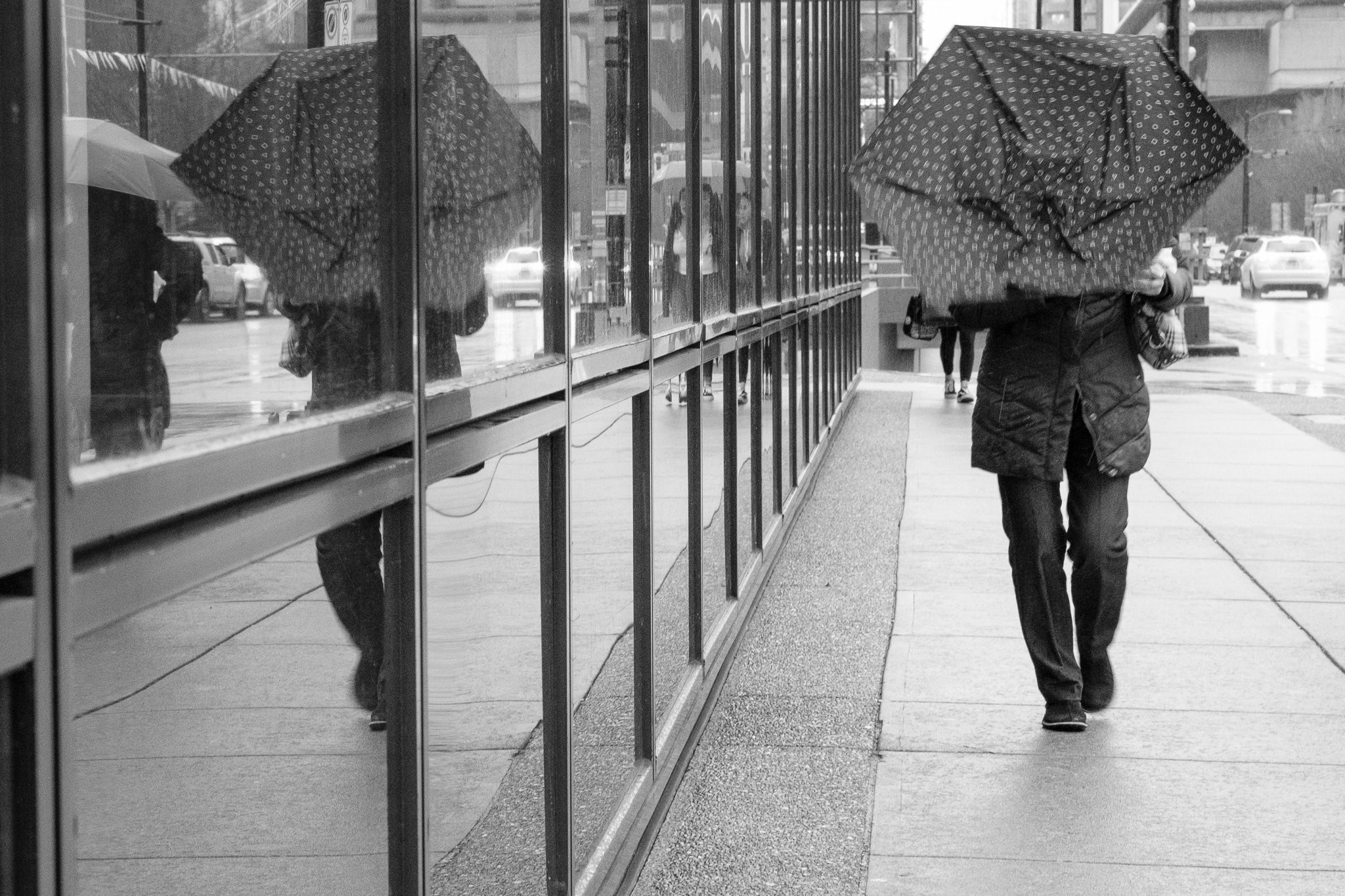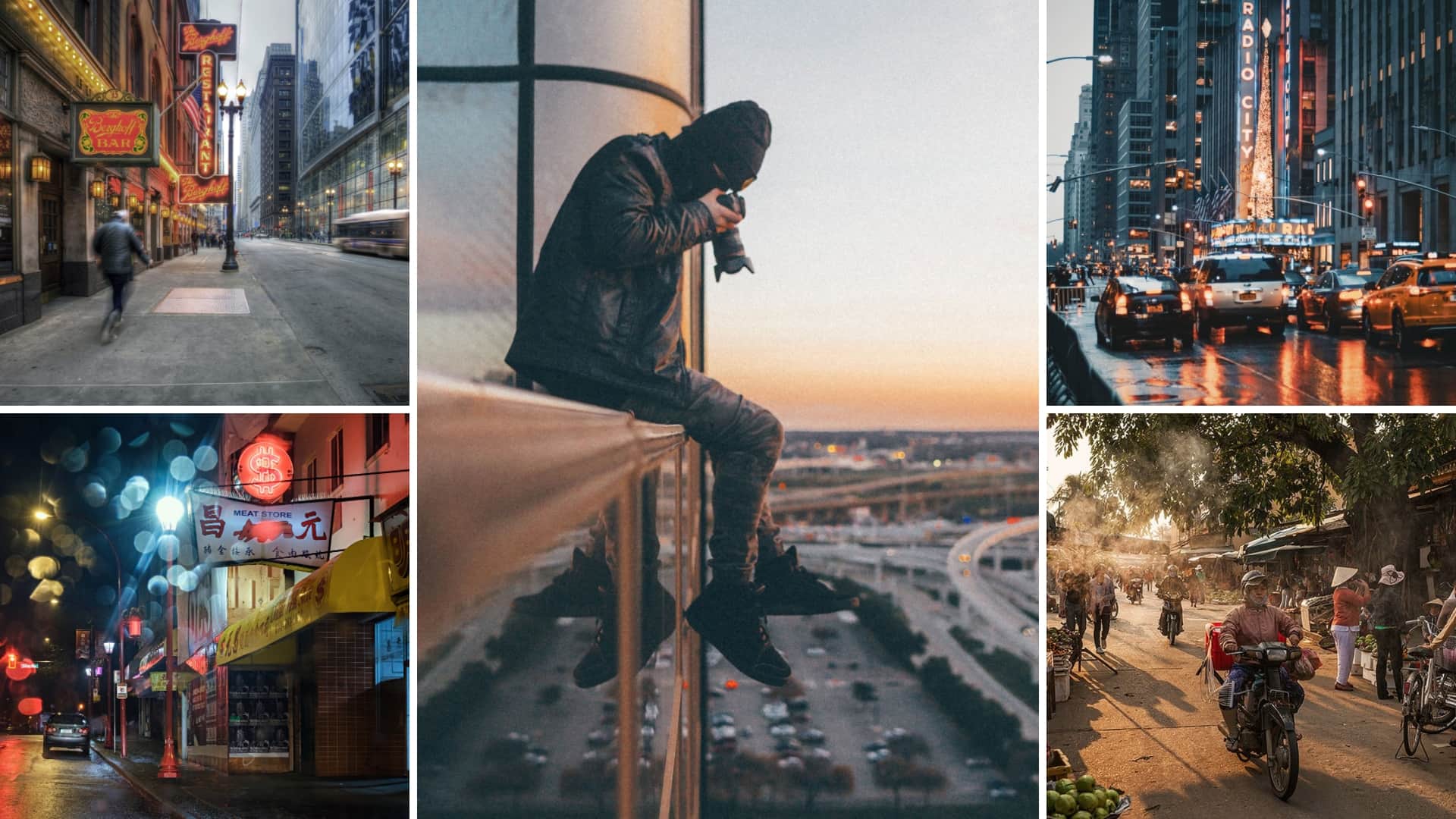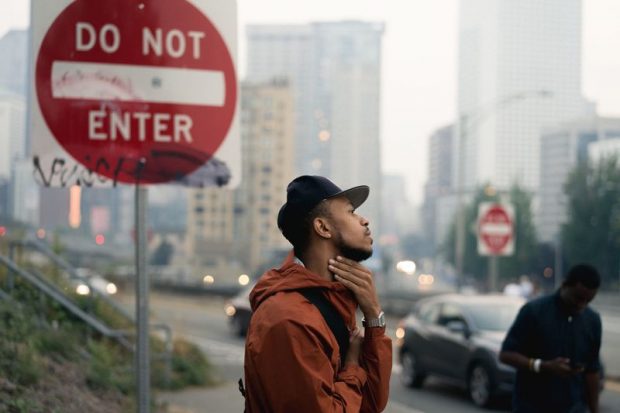Framing Streets Can Be Fun For Anyone
The 9-Minute Rule for Framing Streets
Table of ContentsThe Greatest Guide To Framing StreetsThe Framing Streets StatementsThe Best Strategy To Use For Framing StreetsSome Known Facts About Framing Streets.A Biased View of Framing StreetsFraming Streets Things To Know Before You Buy
, typically with the aim of catching images at a definitive or poignant moment by careful framework and timing. https://framingstreets1.bandcamp.com/album/framing-streets.
Getting The Framing Streets To Work
Susan Sontag, 1977 Road digital photography can concentrate on people and their behavior in public. In this respect, the street photographer resembles social docudrama digital photographers or photojournalists who also operate in public areas, but with the purpose of catching relevant occasions. Any one of these digital photographers' photos might capture people and residential or commercial property visible within or from public locations, which often entails navigating honest concerns and legislations of personal privacy, security, and property.
Representations of daily public life form a genre in virtually every period of world art, starting in the pre-historic, Sumerian, Egyptian and early Buddhist art periods. Art managing the life of the road, whether within views of cityscapes, or as the leading theme, appears in the West in the canon of the North Renaissance, Baroque, Rococo, of Romanticism, Realism, Impressionism and Post-Impressionism.
About Framing Streets
Louis Daguerre: "Boulevard du Temple" (1838 or 1839) In 1838 or 1839 the very first photograph of numbers in the road was tape-recorded by Louis-Jacques-Mand Daguerre in among a set of daguerreotype views extracted from his workshop window of the Boulevard du Holy place in Paris. The 2nd, made at the elevation of the day, reveals an uninhabited stretch of street, while the various other was taken at concerning 8:00 am, and as Beaumont Newhall records, "The Boulevard, so frequently loaded with a relocating bunch of pedestrians and carriages was perfectly solitary, other than a person that was having his boots combed.
His boots and legs were well specified, however he is without body or head, since these were in activity." Charles Ngre, waterseller Charles Ngre. https://www.easel.ly/infographic/04m0k9 was the initial digital photographer to obtain the technical refinement called for to register people in movement on the street in Paris in 1851. Professional Photographer John Thomson, a Scotsman dealing with journalist and social lobbyist Adolphe Smith, published Street Life in London in twelve monthly installations beginning in February 1877
The 6-Second Trick For Framing Streets
Eugene Atget is considered a progenitor, not because he was the first of his kind, but as an outcome of the popularisation in the late 1920s of his document of Parisian roads by Berenice Abbott, who was influenced to carry out a similar documentation of New York City. [] As the city developed, Atget helped to advertise Parisian roads as a worthwhile topic for digital photography.

An Unbiased View of Framing Streets
Martin is the first recorded digital photographer to do so in London with a disguised video camera. Mass-Observation was a social study organisation founded in 1937 which aimed to videotape everyday life in Britain and to record the reactions of the 'man-in-the-street' to King Edward VIII's abdication in 1936 to marry separation Wallis Simpson, and the succession of George VI. The chief Mass-Observationists were anthropologist Tom Harrisson in Bolton and poet Charles Madge in London, and their initial report was created as guide "May the Twelfth: Mass-Observation Day-Surveys 1937 by over two hundred viewers" [] Window cleaner at Kottbusser Tor, Berlin, by Elsa Thiemann c. 1946 The post-war French Humanist School professional photographers discovered their topics on the road or in the restaurant. In between 1946 and 1957 Le Groupe des XV annually exhibited job of this kind. Andre Kertesz. Circus, Budapest, 19 May 1920 Road digital photography created the major material of two exhibits at the Museum of Modern Art (Mo, MA) in New York curated by Edward Steichen, Five French Professional Photographers: Brassai; Cartier-Bresson, Doisneau, Ronis, Izis in 1951 to 1952, and Post-war European Digital Photography in 1953, which exported the principle of street photography internationally.

Framing Streets for Dummies
The recording machine was 'a surprise video camera', a 35 mm Contax concealed underneath his coat, that was 'strapped to the chest and attached to a lengthy cord strung down the appropriate sleeve'. His job had little contemporary impact as due to Evans' sensitivities her comment is here regarding the creativity of his task and the privacy of his topics, it was not published until 1966, in the publication Several Are Called, with an intro composed by James Agee in 1940.
Helen Levitt, then an instructor of young kids, related to Evans in 193839. She documented the temporal chalk drawings - copyright a7iv that became part of youngsters's road culture in New York at the time, in addition to the kids who made them. In July 1939, Mo, MA's brand-new digital photography section consisted of Levitt's operate in its inaugural eventRobert Frank's 1958 publication,, was significant; raw and commonly out of focus, Frank's photos examined traditional digital photography of the moment, "challenged all the formal policies laid down by Henri Cartier-Bresson and Pedestrian Evans" and "contradicted the wholesome pictorialism and genuine photojournalism of American publications like LIFE and Time".